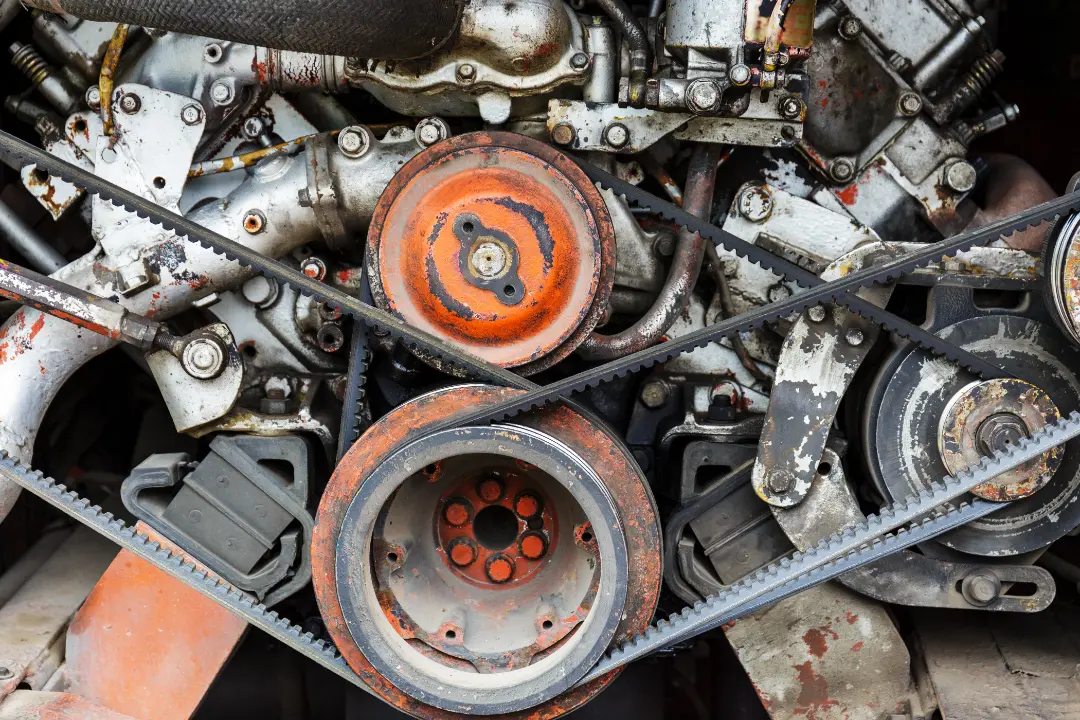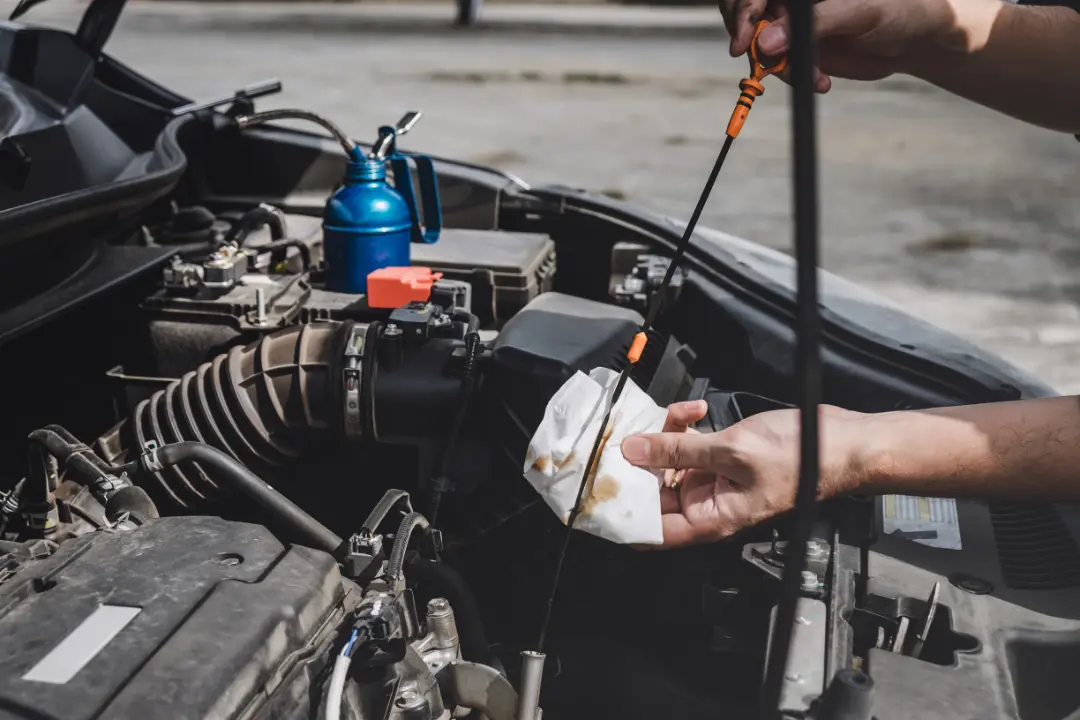Are you wondering how underinflated tyres affect vehicles? Underinflated tyres can lead to poor fuel efficiency, faster tyre wear, unstable handling, and an increased risk of blowouts. This article breaks down these issues and offers tips on maintaining the right tyre pressure for a safer, smoother drive.
Key Takeaways
- Underinflated tyres reduce fuel efficiency due to increased rolling resistance, leading to higher fuel consumption and frequent refuelling.
- Consistently driving with underinflated tyres accelerates wear and tear, risking premature tread wear, blowouts, and increased replacement costs.
- Proper tyre pressure is critical for vehicle handling, stability, and the effective functioning of safety systems like ESC and ABS, which are compromised by underinflation.
Introduction
Underinflated tyres are those that fail to meet the manufacturer’s suggested air pressure levels, resulting in improper tyre pressure. This seemingly simple oversight can lead to a chain of events that could compromise your vehicle’s performance and safety. What’s more, it’s an issue that’s all too common, with many drivers being unaware of the correct tyre pressure for their vehicle or failing to check it regularly.
Throughout this article, we’ll explore the repercussions of underinflated tyres and their potential dangers and offer advice on preserving the appropriate tyre pressure. Understanding these aspects will pave the way for a smoother, safer, and more cost-effective drive.
Reduced Fuel Efficiency and Increased Consumption
When tyres are underinflated, they affect your vehicle’s performance in several ways, one of the most noticeable being reduced fuel efficiency. Reduced fuel efficiency occurs because underinflated tyres increase rolling resistance, meaning your vehicle has to work harder to maintain the same speed, resulting in higher fuel consumption.
Not only does this mean more frequent trips to the petrol station, but it also means more money spent on fuel. Additionally, underinflated tyres generate excess heat, leading to increased wear and tear and potentially damaging your vehicle. Upholding the right tyre pressure extends beyond merely preventing a flat tyre – it’s also about optimising vehicle performance and fuel economy.
Accelerated Tyre Wear and Tear
Underinflated tyres, can accelerate tyre wear and tear. When tyre pressure is lower than recommended, the tyres have a larger footprint on the road, causing more friction and leading to overheating. This increased friction can lead to uneven tyre wear, particularly on the edges, leading to premature tyre wear and frequent replacements.
Furthermore, excessive sidewall flexing due to underinflation can result in the tyre tread wearing unevenly and thinly, creating weak spots prone to blowouts. The consequence is an increased cost due to new tyre purchases and a heightened safety risk, as tyres with low pressure are more susceptible to blowouts and accidents.
Compromised Handling and Stability
Another significant way underinflated tyres affect your vehicle is handling and stability. In contrast, inflated tyres affect vehicle stability positively, making steering more responsive and reducing the risk of losing control, especially during evasive manoeuvres or cornering. Lower tyre pressure affects vehicle stability, making steering less responsive and increasing the risk of losing control, especially during evasive manoeuvres or cornering.
Envision steering through a sharp bend or reacting to a sudden obstacle on the road, only to find your car unresponsive or slow. Such is the reality of driving with tyres that lack sufficient inflation. The steering will feel heavy, and the vehicle may not respond accurately to your inputs, potentially leading to serious accidents.
Increased Risk of Tyre Blowouts
One of the most dangerous consequences of underinflated tyres is the increased risk of tyre blowouts. Underinflation can cause the tyre sidewalls to flex excessively, generating excess heat, especially during long motorway journeys or when carrying heavy loads. This overheating can cause tread separation, significantly increasing the blowout risk.
A high-speed tyre blowout can result in control loss and potentially grave accidents. Even more concerning, most tyre blowouts stem from underinflated tyres, underscoring the importance of maintaining the right tyre pressure.
Impact on Braking Distance
Underinflated tyres can also compromise braking effectiveness, leading to longer stopping distances. Insufficient air pressure in tyres increases braking distances, reducing the braking system’s effectiveness and posing safety risks.
Visualise the need to halt abruptly in an emergency, only to find your vehicle still advancing. This situation can occur when driving with tyres low on air. Underinflation can result in a larger contact patch with the road surface, leading to reduced grip and increased stopping distances.
In emergencies, the extended stopping distance due to underinflated tyres can be critical and may lead to accidents.
Effects on Safety Systems
Modern safety features like Electronic Stability Control (ESC) and Anti-lock Braking Systems (ABS) are designed to enhance vehicle safety. However, these systems require accurate tyre pressure to operate correctly, and underinflation can interfere with their performance.
For instance, underinflated tyres impair the functioning of ESC systems, reducing vehicle stability. Similarly, ABS, which helps maintain tyre traction during braking, depends on precise tyre pressure data, which underinflated tyres fail to provide, thus compromising braking efficiency. Therefore, preserving the right tyre pressure is vital for these safety systems to function at their best.
How to Prevent Underinflated Tyres
Fortunately, the problems caused by underinflated tyres are entirely preventable. Regular low tyre pressure checks, using your vehicle’s manual for the suggested pressure, and scheduling routine professional inspections can help maintain your tyres at the ideal pressure, ensuring top performance and safety.
Regular Pressure Checks
A straightforward method to avoid underinflation involves consistently checking your tyre pressure to ensure enough internal air pressure. This practice bolsters vehicle performance, enhances safety, and prevents numerous tyre-related problems.
To achieve this, using a reliable pressure gauge is essential. It provides accurate tyre pressure information, helping to maintain the correct tyre pressure. Experts suggest checking tyre pressures monthly or before starting a long car journey.
Refer to Vehicle Manual
Your vehicle’s manual is a treasure trove of helpful information, including the recommended tyre pressure for your specific model. Consulting your manual helps ascertain the right inflation level for your tyres, thereby boosting your vehicle’s performance and safety.
It’s worth noting that the recommended tyre pressure, which is influenced by internal air pressure, can also be found on the fuel cap or a manufacturer’s sticker inside the car. These offer additional references should you not have your manual to hand.
Professional Inspections
While regular checks and referring to your vehicle’s manual are important, there’s no substitute for professional inspections. Professional inspections are vital to keeping tyres appropriately inflated and in prime condition.
Whether you suspect a slow puncture, notice uneven tyre wear, or simply want to ensure your tyres are in the correct tyre shape, professionals like those at AVS can provide comprehensive inspections and services to keep your tyres in top-notch condition.
AVS: Your Trusted Partner in Tyre Maintenance
For tyre maintenance and ensuring the longevity of your tyre rubber, you can trust AVS. With a cumulated experience of over 50 years among its technicians, AVS offers a wide array of tyre services, from checks and repairs to replacements.
Whether you need a quick tyre pressure check, suspect a slow puncture, or require a full tyre replacement, AVS offers competitive pricing, free quotes, health checks for vehicles, convenience in booking, and prompt service. With AVS, you can confidently drive, knowing your tyres are in safe hands.
Summary
In summary, underinflated tyres are not a minor issue to be overlooked. They can impair your vehicle’s performance, compromise your safety, and lead to increased expenses in higher fuel consumption and more frequent tyre replacements.
You can ensure optimal tyre performance and safety by understanding the importance of maintaining the correct tyre pressure and taking preventive measures such as regular pressure checks, referring to your vehicle manual, and periodic professional inspections. So, let’s make underinflated tyres a thing of the past and embrace a safer, more efficient driving experience.
Frequently Asked Questions
How do underinflated tyres affect fuel efficiency?
Underinflated tires increase rolling resistance, making the vehicle work harder to maintain speed. This ultimately leads to higher fuel consumption and reduced fuel efficiency.
What are the dangers of underinflated tyres?
Underinflated tyres can lead to premature wear, compromised stability, increased risk of blowouts, longer stopping distances, and impaired safety system performance. Always ensure your tyres are properly inflated to avoid these dangers.
How often should I check my tyre pressure?
To ensure optimal performance and safety, you should check your tire pressure at least once a month or before heading out on a long car trip.
How do I know the correct tyre pressure for my vehicle?
The recommended tyre pressure for your vehicle is in the manual or on the manufacturer’s sticker inside your car. Always follow these guidelines for the correct tyre pressure.
Why should I opt for professional tyre inspections?
You should opt for professional tyre inspections because they can identify issues that you might miss, such as slow punctures and uneven tyre wear. These inspections ensure your tyres are in good condition and properly inflated, helping maintain safety and performance while extending your tyres’ life.


